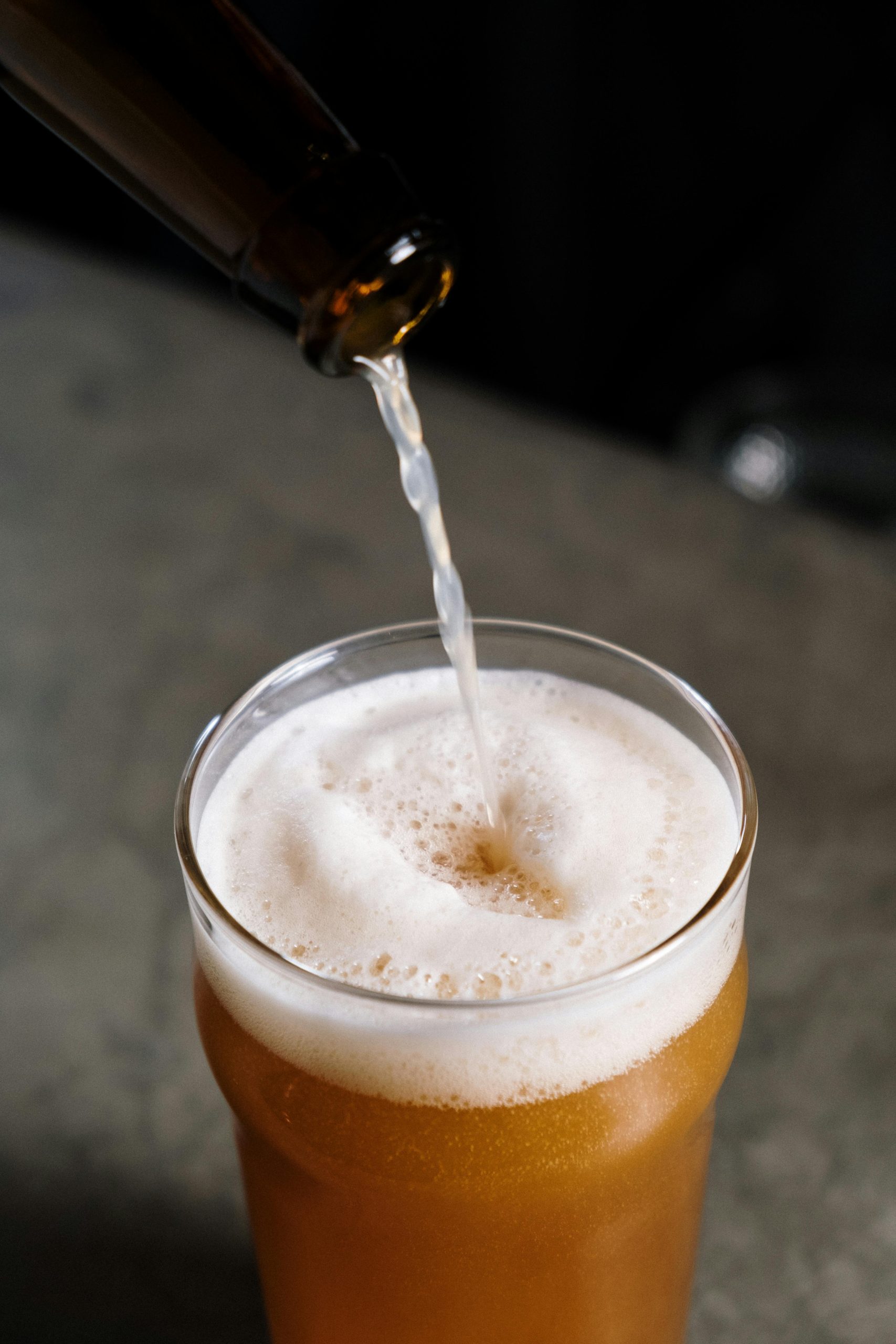Your cart is currently empty!

Steven Coulson
Steven has been drinking beers, wines and spirits for decades and has a propensity to go about them at length after a few drinks.
Latest Posts
- My wife found out our favorite Gin for martinis was discontinued. I think we are good for a while…

- Oregon Road Trip: Freeland Spirits Garden Botanicals Gin

- Botanist with Trader Joe’s Lemon and Elderflower Soda

- I’m one of the worlds leading buyers of craft gin in the world and a international spirit judge AMA

- I’m blown away…. By how let down I am by this Gin.

Categories
Tags
Social Links

Bridging the Gap: Educating Friends About Craft Beer
Have you ever found yourself in a social situation where your companions seem blissfully unaware of the wonderful world of craft beer? You’re not alone. Many enthusiasts face the challenge of wanting to share their passion for quality brews with friends who opt for mass-produced alternatives. If you’re trying to convey the distinctions between everyday beer and craft beer without coming off as snobbish, here are some friendly strategies to consider.
Recognizing the Conversation Gap
It’s common for friends to casually refer to beer as if there were just one generic option. When someone suggests grabbing “a beer,” they usually mean a cheap, no-frills lager—not the vast array of flavors and styles craft brews have to offer. It can be disheartening to bring something special to a gathering, only to watch your friends default back to their familiar options after a polite sip.
The challenge amplifies when you mention specific brewing techniques or flavors; you can almost sense them disengaging. They may perceive your enthusiasm as a lecture rather than an invitation to explore.
Sharing the Experience
Instead of diving into the technical aspects of beer, think about ways to make the craft beer experience more inviting. Start by organizing a tasting session where everyone can sample a variety of craft beers alongside their favorite lagers. Offering a range of styles—from light ales to rich stouts—can help demystify craft beer.
Use relatable analogies to describe flavors. For example, compare a fruity IPA to a summer fruit cocktail or a dark porter to a decadent dessert. By tying the experience to familiar taste profiles, you might spark your friends’ interest.
Leading by Example
When suggesting a beer for a social outing, choose a craft selection that is approachable for beginners. Something with a lower bitterness or a well-balanced flavor profile can serve as a perfect introduction. You might say, “How about we try this local IPA? It’s really drinkable and has a nice citrus flavor!”
Encouraging Open Dialogue
Create an inviting atmosphere for discussions about beer without the pressure of lectures. Share interesting facts or personal anecdotes about your favorite brews in a casual setting. Remember, it’s not about convincing others that your preferences are superior—it’s about encouraging broader tastes and appreciation.
Conclusion
Navigating the world of beer among friends who have different tastes can be tricky, but it’s also an opportunity for connection and discovery. By fostering an open-minded and relaxed environment
